Our Latest Feature Articles & Reviews...
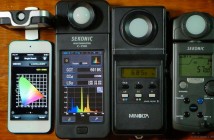
On the Color of Light, and the Measurement Thereof
In which I test several color meters (an Asensetek Lighting Passport, two Sekonics, and a Minolta) side-by-side; compare the spectral quality…

Convergent Design: An Open Letter to Our Clients
authored by Mitch Gross, Director of Communications at Convergent Design December 19, 2014 From: Convergent Design To: All Owners of…

Convergent Design Odyssey7Q Owner Loyalty Program
authored by Mitch Gross, Director of Communications at Convergent Design With the introduction of the new Odyssey7Q+, Convergent Design is…
NAB Show Reports...
More Articles & Reviews from DV Info Net...
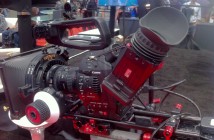
Zacuto Canon C100 Z-Finder NAB Update
Las Vegas, Tuesday, April 9, 2013 — Zacuto announced their Canon EOS Cinema C100 Z-Finder here this week and displayed…
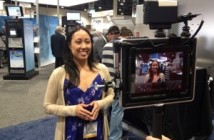
The Padcaster
Every year at NAB we see new and improved hardware accessories for taking mobile device video to new levels. Now,…
Rampant Design shows new products at NAB2013
Rampant Design shows new products to instantly enhance your projects with animated mattes, transitions, and light elements. At NAB 2013…
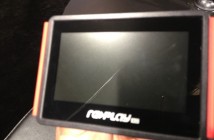
Replay XD Showing New Accessories at NAB2013
Here at NAB 2013, Replay XD is showing some new accessories for their action cameras. The new $39.99 dive housing…
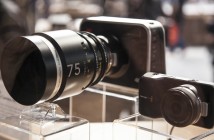
BlackMagic Debuts new Cinema Production Camera and Cinema Pocket Cinema Camera
The big buzz on Day One at NAB 2013 comes once again from BlackMagic Design. Definitely not resting on their…
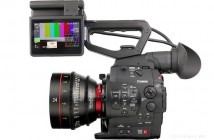
Quick Look: Canon EF-mount Cinema EOS Lenses
When Canon lent me and Art Adams a 1D C and a C500 for review, they also left us three…
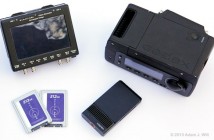
Quick Look: 2K/4K Recorders for the Canon C500
Quick Look: 2K/4K Recorders for the Canon C500 So you’ve gone and booked a gig with the Canon EOS C500,…
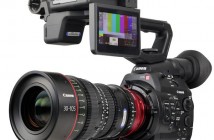
Review: Canon Cinema EOS C500
The US$26,000 Canon EOS C500 joins the $16,000 C300 and the $6,500 C100 as the Big Daddy of Canon’s Large Single Sensor cine cameras. All three cameras share the same Super35mm-sized 4096×2160 sensor, the same general body design, and the “Canon look,” but diverge in their recording formats and output capabilities. The original C300 records 8-bit, 4:2:2 1080p using the Canon XF codec, and offers HD outputs on SDI and HDMI. It pioneered the “potato-cam” form factor, with a superb side handgrip and a removable, tilt-and-swivel monitor unit. The C100 is a simplified AVCHD ‘corder with the same great handgrip, an integrated LCD in place of the monitor unit, and HDMI output only (no SDI). Read More…
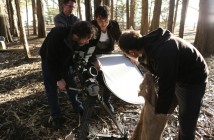
Shooting 4K with the Canon C500: It’s All in the Details
I was initially thrown by the waveform display, which reflects the levels of the underlying log-encoded raw data at all times. Due to the log encoding most of the data was compressed toward the middle of the dynamic range, which is typical for a log curve, but that made it difficult to see what was happening to individual objects, like faces. Over time I learned that all I had to pay attention to was highlight clipping. If I set the exposure by eye based on what I saw in the onboard LCD and then checked that the clipped highlights were the ones I expected to be clipped (there’s always something clipped in a dark forest, usually the sky), I knew I had more than enough to work with in post. And I really liked the quality of the clipped highlights: they were white but not zingy, electronic white, similar to what I see on the Canon 5D Mk. III.
